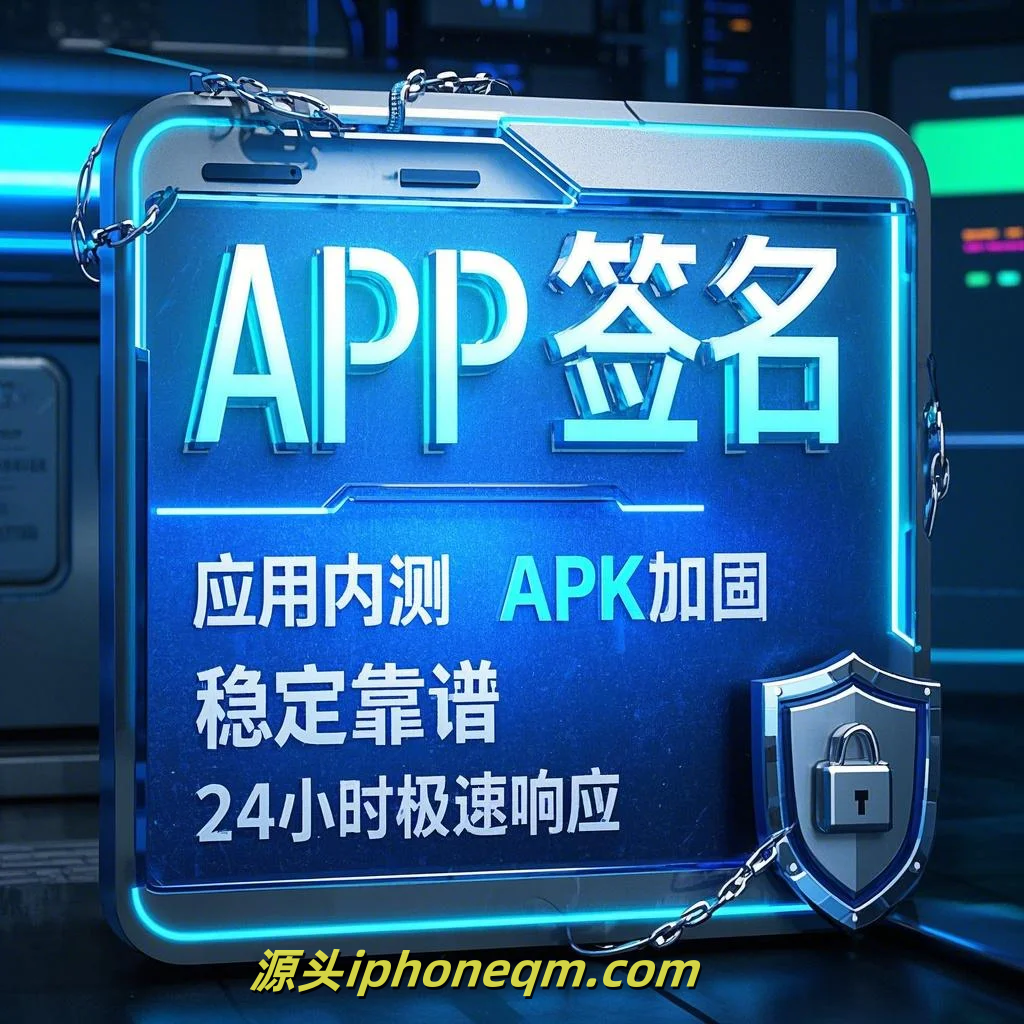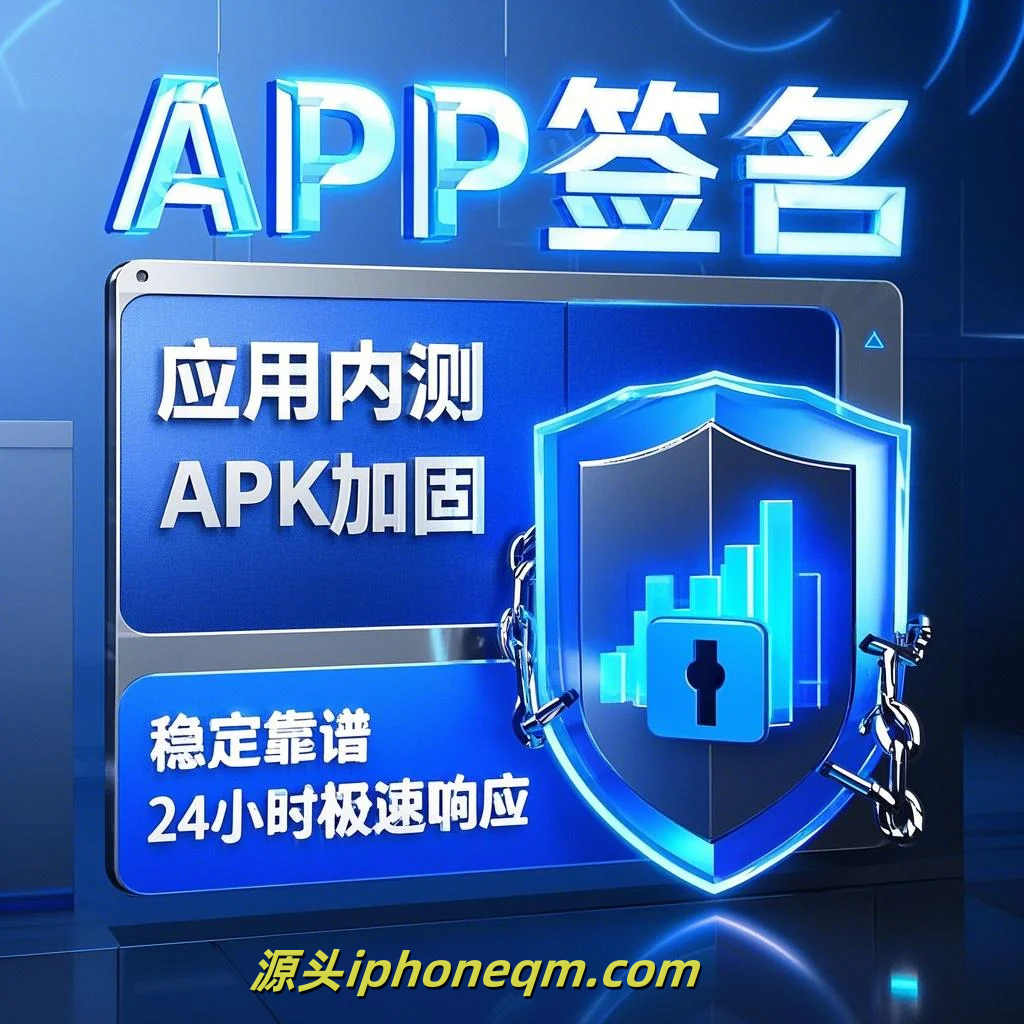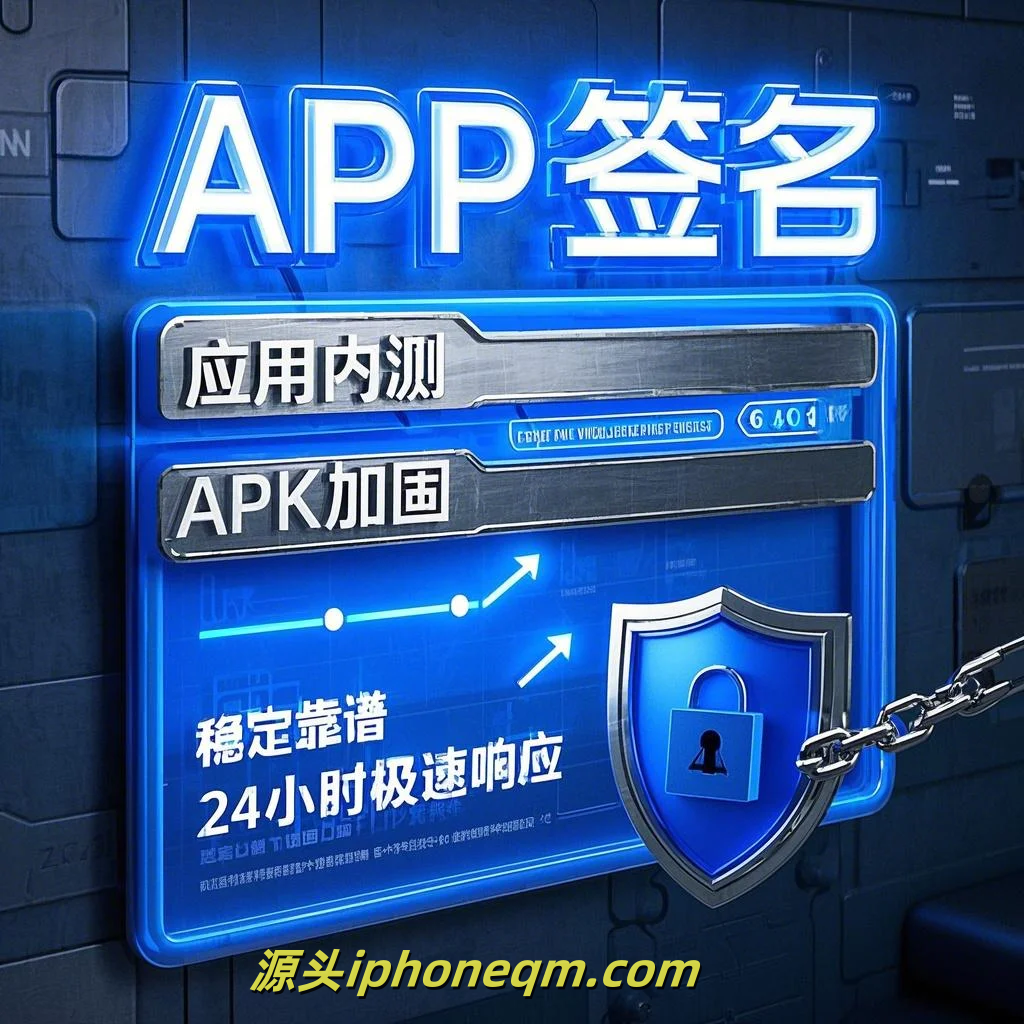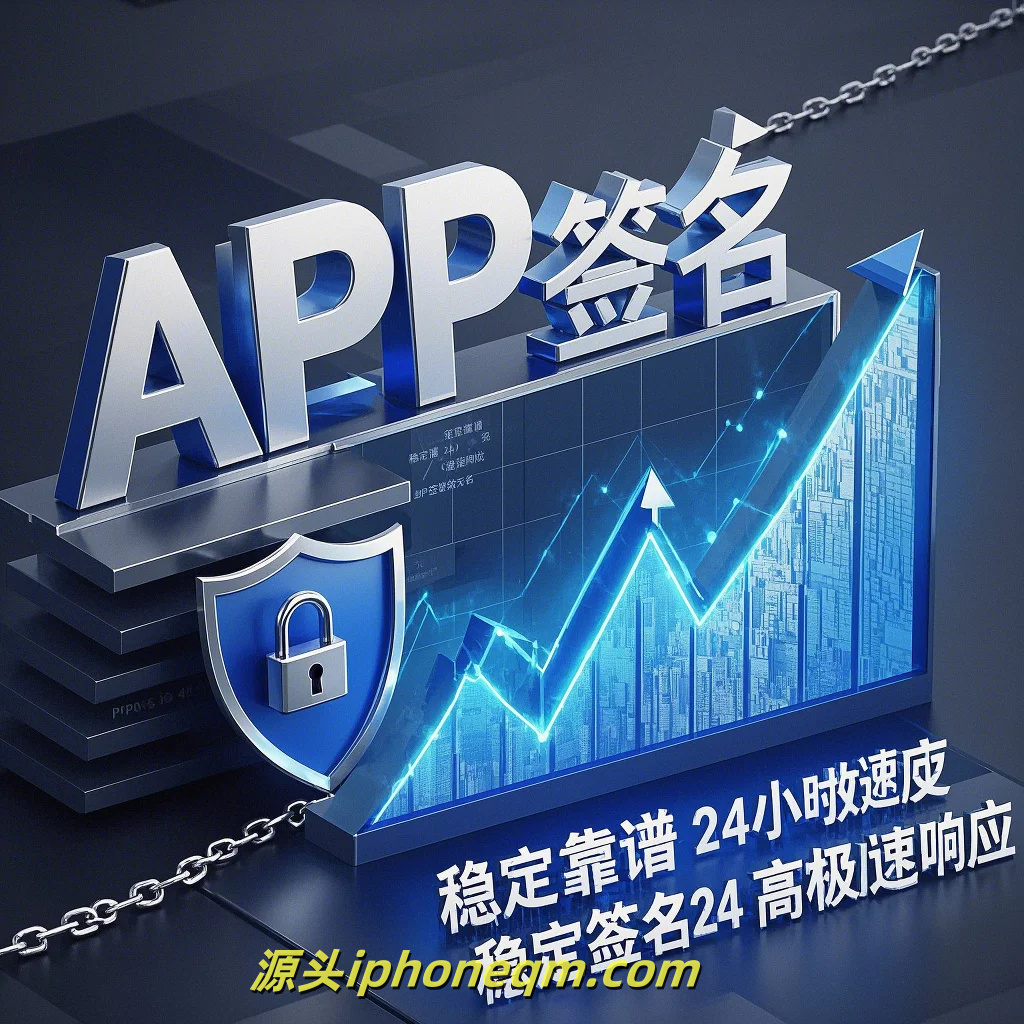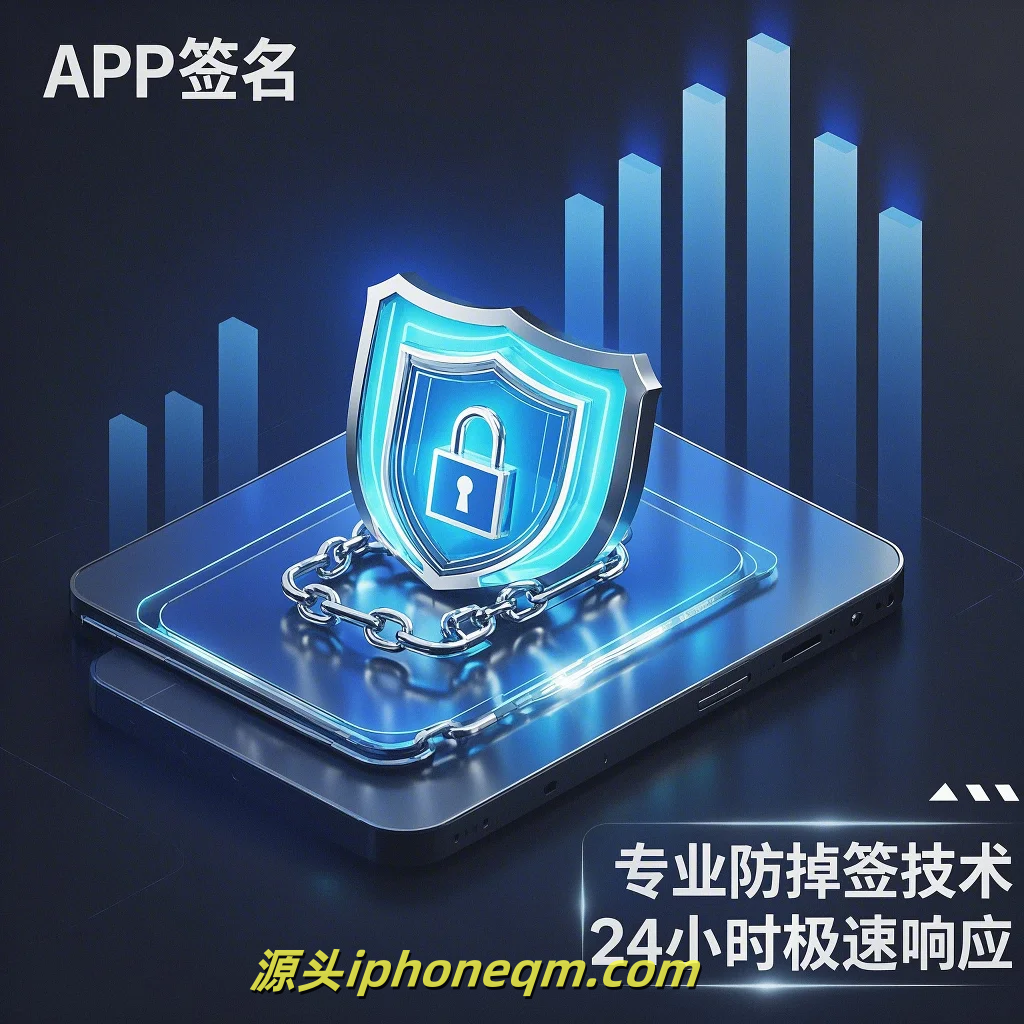Secure Your App Releases with iOS Signing
In today's digital landscape, app security is more crucial than ever. As developers, we need to ensure that our applications are not only functional but also secure from potential threats. One of the fundamental security mechanisms in the iOS ecosystem is code signing. Let’s delve into what iOS signing is and how it can help safeguard your app releases.
Code signing is a process that involves digitally signing your application with a unique identifier. This signifies that the app has been created by a verified developer and has not been tampered with since its release. When users download your app, their devices check this signature to ensure authenticity. If the code is modified or altered, the signature verification will fail, and the app will not run. This layer of security serves to protect users and maintain the integrity of your application.
To start with, you need to have an Apple Developer account. This is essential as it provides you with certificates, identifiers, and profiles needed for app signing and distribution. Once you’ve obtained a developer account, you can generate a signing certificate. This certificate is crucial for signing your app. It links your identity as a developer to your app. Typically, you’ll create a Development Certificate for local testing and a Distribution Certificate for releasing your app to the App Store.
After creating your certificates, the next step is to generate a provisioning profile. This profile serves as a bridge between your app and the devices it's authorized to run on. It contains information about your app and the type of distribution you intend to use, whether it’s for testing or public release. Make sure to keep your provisioning profiles updated, especially when adding new devices for testing or changing app identifiers.
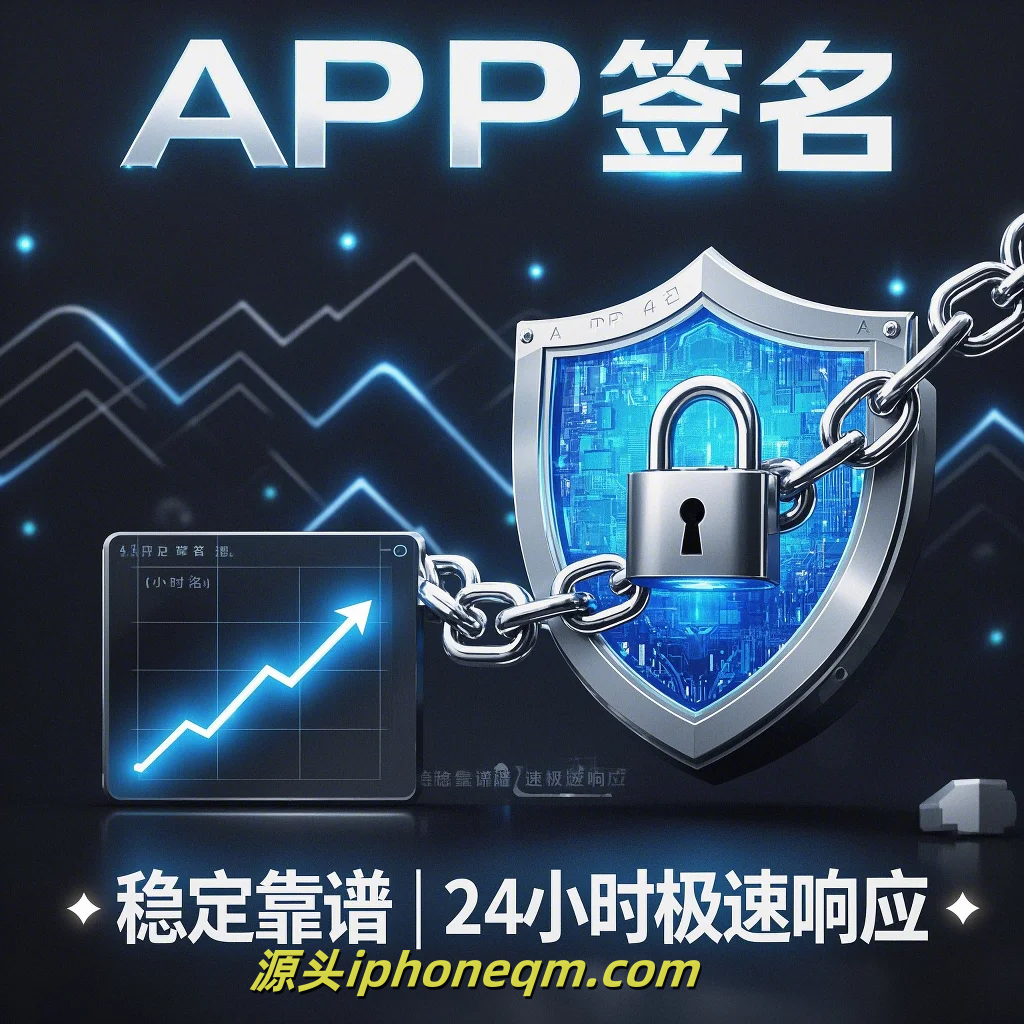
When building your app, Xcode streamlines the signing process. It automatically manages signing and provisioning profiles, which pinpoints the certificate and profile used to sign your application. This makes deploying and testing your app more efficient. However, ensure that you’re using the correct Team ID, as mismatches can lead to signing errors.
One of the significant aspects of app signing is ensuring that all dependencies are correctly signed too. When you use frameworks or libraries in your app, they must also be signed properly to avoid runtime issues. Make it a habit to check all components for compliance with code signing practices.
Moreover, understand that signing your app is not a one-off task. As you release updates, you’ll need to re-sign the new versions of your app. Implementing robust CI/CD practices will help streamline this process. Automated scripts can manage your signing certificates and provisioning profiles, minimizing human errors and ensuring a smooth deployment process.
In summary, securing your app releases with iOS signing is an essential aspect of app development that cannot be overlooked. It protects your app from unauthorized modifications and assures users of its integrity. By diligently managing certificates and provisioning profiles, utilizing Xcode’s tools, and adhering to best practices, you can create a safer app environment. This not only enhances the user experience but also builds trust, paving the way for your app’s success in a competitive marketplace. So, as you prepare for your next release, remember that secure signing is a critical step toward safeguarding your digital creations.
扫描二维码推送至手机访问。
版权声明:本文由MDM苹果签名,IPA签名,苹果企业签名,苹果超级签,ios企业签名,iphoneqm.com发布,如需转载请注明出处。

